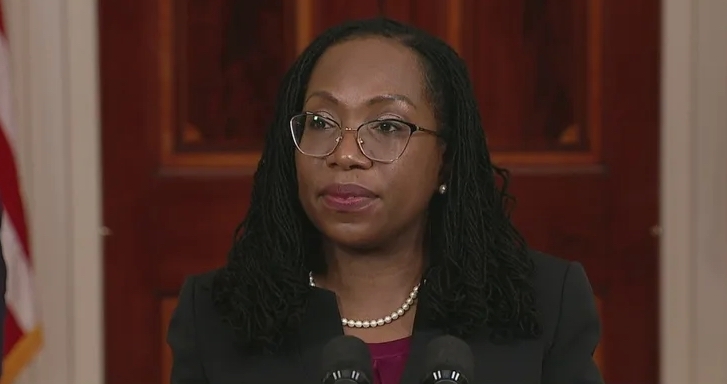Rachel Bovard of the Federalist highlights Republican efforts to slow the Biden train.
The Senate currently finds itself in the unusual situation of a tie – evenly split between 50 Democrats and 50 Republicans. As a procedural matter, a Senate tie requires some interesting maneuvering. A power-sharing agreement must be passed to hammer out how the majority-minority dynamics will play out. Also, in theory, the vice president must be on notice to break any tie votes that occur – something that would be happening a lot more if so many Republicans weren’t happily voting for so many of Joe Biden’s nominees.
But a tied Senate also creates opportunities. As I’ve written previously, the Senate’s Rule 26 comes into play in a tied Senate in a way that would hardly matter otherwise. The rule requires that a “majority of the committee” be “physically present” to report a matter (either a bill or a nomination) out of committee. This is true regardless of what an individual committee’s rules say about minority members being present.
Normally, a single party can present a physical majority of members because the committee makeup reflects how the Senate is constituted. But in a tied Senate, the committee ratios are also tied – meaning that if one party denies a quorum (that is, fails to show up), the committee cannot report matters to the floor of the Senate. A physical majority of members is not present. The bill or the nomination is stuck.
This is how the Senate Judiciary Committee could block Biden’s nominee to the Supreme Court from reaching the Senate floor. But it also applies in every other committee. Sen. Rand Paul, R-Ky., and Small Business Committee Republicans have been using this strategy for months to hold up the confirmation of deputy administrator of the Small Business Administration over illegally disbursed Covid relief funds to Planned Parenthood.
Most recently, Sen. Pat Toomey, R-Penn., and the Banking Committee Republicans denied a quorum in order to prevent the committee from reporting out the nomination of Sarah Bloom Raskin to the Federal Reserve.


